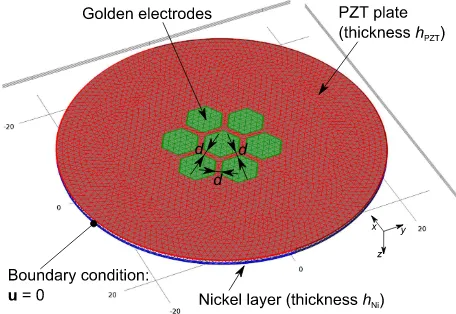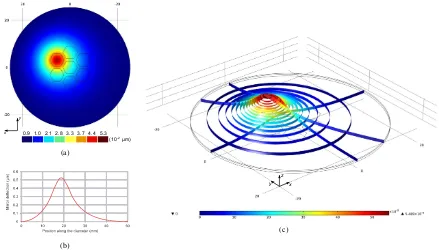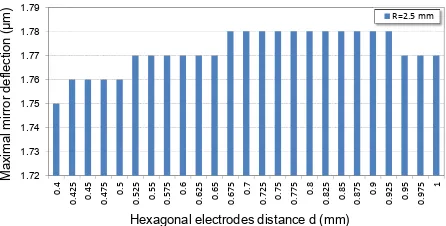Optimization of electrode geometry and piezoelectric layer thickness of a deformable mirror
Full text
Figure




Related documents
South East Asia - Optimising Reproductive and Child Health in Developing Countries (SEA-ORCHID) was a five-year project that aimed to determine whether a multifaceted intervention
We will apply the regularization method to convert this mixed system (ill-posed problem) to system of the second kind Volterra–Fredholm integral equations (well-posed problem)..
Following the pre- vious finding in Jakarta, the present study aimed to investigate the effect of single supplementation of zinc or vitamin A or the combinations, on the sputum
ity stability of an electronic circuit comprising at least one circuit MOSFET having its source connected to its substrate, characterised by the step of providing an
It has excellent impact strength, scratch and chemical resistance, stiffness, and minimal moisture absorption.
IoT based smart sensors agriculture stick for live temperature and moisture monitoring using Arduino, cloud computing & solar technology. Internet of things: a